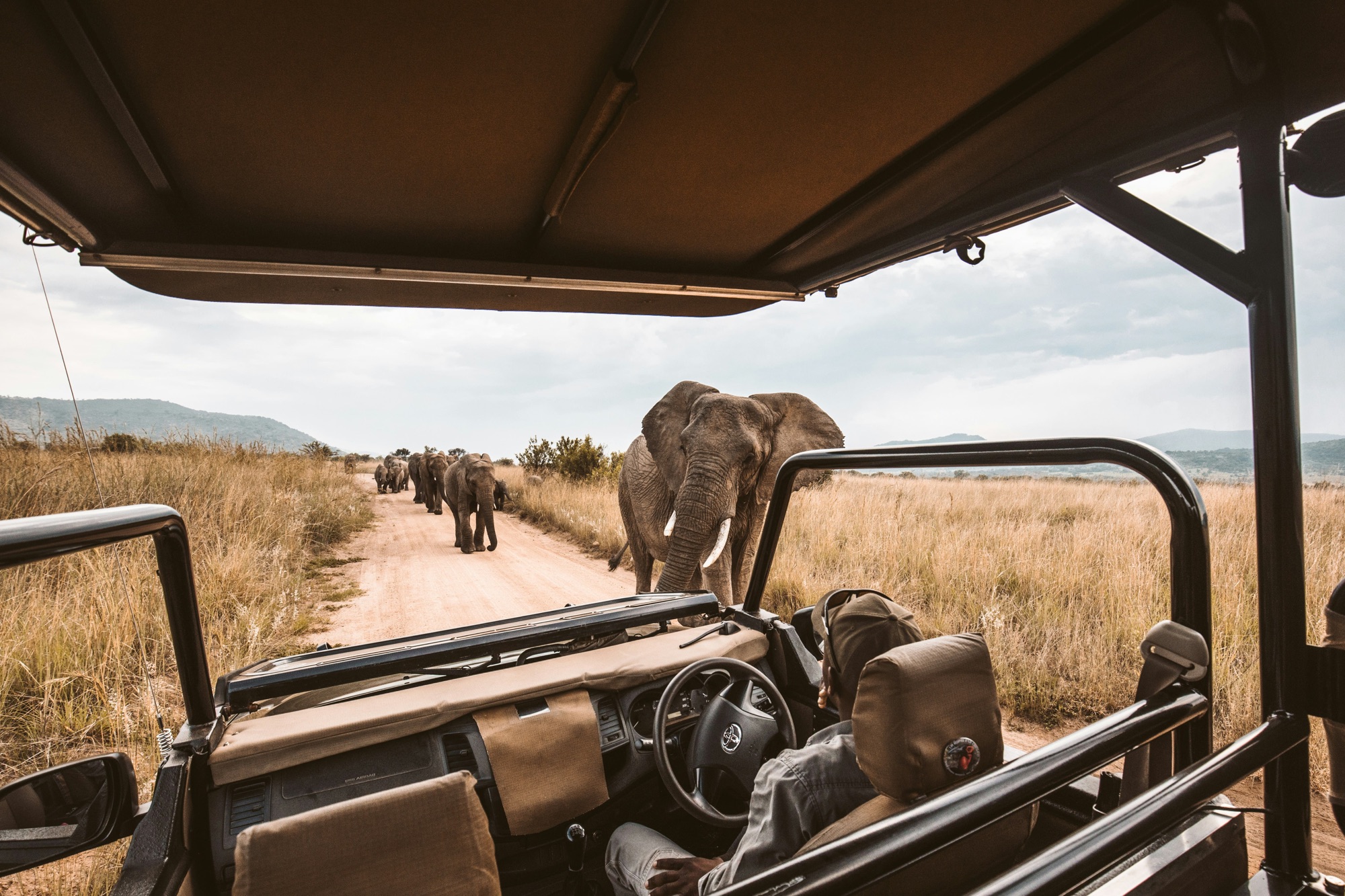In the heart of the bush, even when there’s no human voice in earshot, the wilderness is never truly silent. Kruger National Park may sound peaceful at first—but listen carefully, and you’ll begin to hear a different kind of conversation unfolding.
Animals don’t speak in words, but their messages are loud and clear—for those who know how to listen. They warn, attract, defend, and bond, all through sounds, smells, posture, and movement.
Here’s how animals talk to each other in the wild—and how you can start tuning in during your next visit.
Sound: The Language of Survival
From deep rumbles to sharp alarm calls, sound plays a vital role in the bush.
• Elephants communicate with low-frequency rumbles that travel through the ground. These vibrations can be felt kilometres away by other herds.
• Impala emit loud snorts when they sense danger—alerting the entire area to a lurking predator.
• Hyenas produce a variety of sounds, from whoops to giggles, which signal excitement, submission, or aggression.
• Birds also use vocalisations to warn others or stake claim to their territory—just listen to a francolin at dawn or a hornbill during the heat of the day.
When you’re on a game drive, pay attention to bird calls and mammal sounds—they often lead you straight to action.
Scent: Messages on the Wind
For many species, scent marking is the equivalent of a social media status update.
• Lions spray urine on bushes to mark territory and announce their presence.
• Rhinos use communal dung middens not only for marking territory but also for sharing information with other rhinos—who passed by, and when.
• Leopards rub their faces on trees or scratch bark, leaving behind a scent that says, “This area is mine.”
These invisible messages help animals avoid conflict, find mates, or patrol boundaries—essential in a landscape where survival depends on space and awareness.
Body Language: What Posture Tells Us
Animals often say more with how they move than any sound they make.
• A giraffe staring intently in one direction, stiff and unmoving, may be signalling a predator in the distance.
• An elephant with flapping ears, a lifted head, and a foot stomp is likely issuing a warning—“Don’t come closer.”
• When wild dogs lower their heads and tails and begin pacing, it usually signals they’re about to hunt.
Reading these cues enhances your safari experience—and keeps you safer when viewing wildlife up close.
Communication Isn’t Always Obvious
Some animals communicate with colours and patterns, like zebras blending together to confuse predators, or the white tail of a nyala flicking rapidly as an alert signal.
Others, like chameleons or reptiles, change colour to reflect mood, dominance, or stress.
Even silence has meaning. When a normally noisy troop of baboons goes quiet—something’s up.
Watch the Behaviour, Not Just the Animal
Next time you’re in Kruger, look for patterns:
• What direction are the animals facing?
• Are they relaxed or alert?
• Are the birds quiet—or suddenly panicking?
These clues give you insight into what’s happening before you even see the predator or event. It’s how expert guides often “sense” where to go next on a drive.
Letaba: Where Nature Talks and You Can Listen
At Tindlovu Letaba, you don’t even have to leave your table to witness bush communication. From the restaurant deck, you might hear the honk of a hippo, see an elephant raising its trunk to catch scent on the breeze, or watch a troop of monkeys alert each other to a passing snake.
Here, the bush speaks all day, and all you need to do is pay attention.
So next time you visit Kruger, take a moment to slow down and listen—not just with your ears, but with all your senses. Because when you do, the wild starts to speak in ways you’ll never forget.

